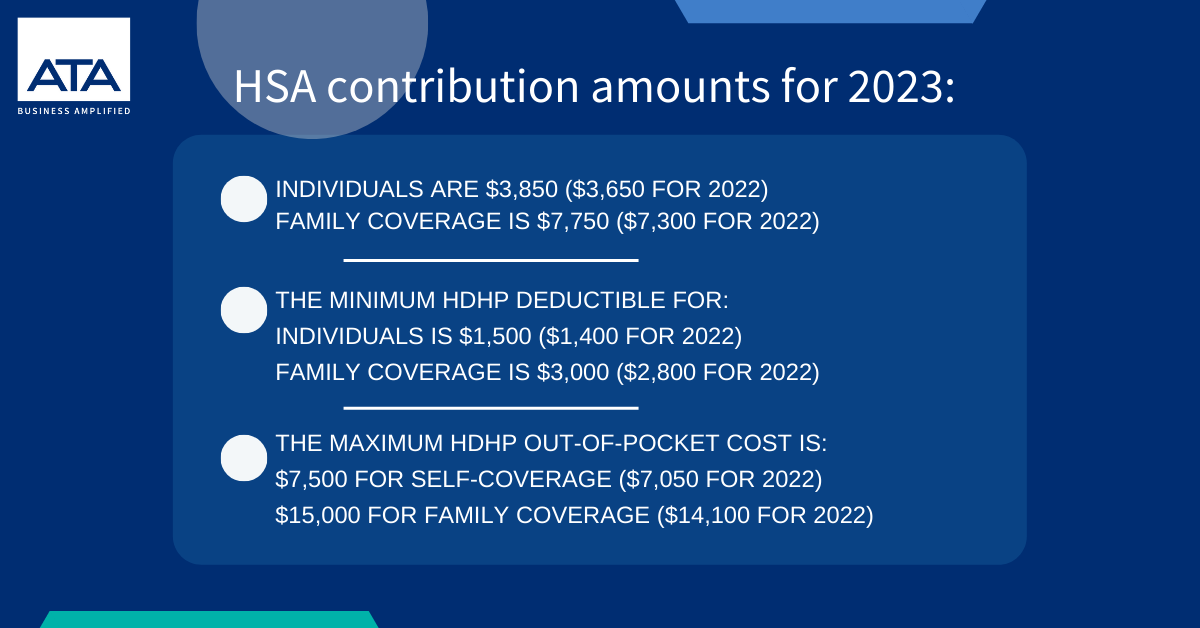In October 2021, the Internal Revenue Service (IRS) formally launched the Large Partnership Compliance (LPC) Pilot Program. The LPC program represents a focused effort on the part of the U.S. Treasury Department and IRS to improve partnership compliance. Not surprisingly, we are beginning to see an uptick in the number of partnerships under IRS exam.
One area of focus for these examinations that the IRS has identified is the deductibility of management fees paid by portfolio companies to their private equity fund owners. Although not specifically dealing with private equity funds, a recently decided case nonetheless highlights the relevant issues and presents a cautionary tale for funds and their portfolio companies when structuring these arrangements. Moreover, the court’s decision provides an implicit documentation and substantiation framework for taxpayers looking to enter into similar management fee arrangements.
In the case, Aspro, Inc. v. Commissioner, issued April 26, the U.S. Court of Appeals for the Eight Circuit upheld a Tax Court holding that recast a corporation’s deductible “management fees” as disguised dividends. Although the taxpayer argued that at least a portion of the fees were reasonably deductible business expenses, the circuit court agreed with the lower court that the taxpayer failed to demonstrate that any portion of the amounts paid was reasonable compensation for services provided.
‘Management fees’ paid to owners but no dividends
The taxpayer, Aspro, is an Iowa-based C corporation in the asphalt-paving business. During the years at issue, 2012–2014, it had three shareholders – two were corporations and one was an individual, who was also the president of the company. Over a twenty-year period, Aspro consistently paid its shareholders “management fees” purporting to be for services provided in connection with the overall management and growth of the business. During this same period, and despite the company’s profitability, Aspro paid no dividends.
Aspro initially sought to deduct the management fees in the three years at issue, but the IRS denied the deductions, contending they were, in fact, profit distributions. The Tax Court agreed with the IRS that the claimed management fees were not deductible as ordinary and necessary business expenses, concluding that Aspro failed, “to connect the dots between the services performed and the management fees it paid.” Instead, the court held that the payments were disguised, non-deductible earnings distributions. In reaching its decision, the Tax Court considered whether the management fees were purely for services (Payment for Services Requirement) and whether the payments were reasonable in nature and amount (Reasonableness Requirement).
Failure to establish deductibility of fees
With respect to the Payment for Services Requirement, the Tax Court concluded that the evidence presented indicated a disguised distribution rather than a deductible expense. The Tax Court based its conclusion on the following considerations:
- Despite its annual profitability, Aspro made no distributions to its shareholders but paid management fees each year.
- The management fee payments roughly corresponded with the shareholder’s ownership interests.
- The management fees were paid as lump sums at the end of each year rather than over the course of the year as the purported services were performed.
- The managements fee deductions eliminated virtually all of Aspro’s taxable income.
- The process of setting management fees was unstructured and had little, if any, relation to the services performed.
In addition, the Tax Court concluded that Aspro failed to satisfy the Reasonableness Requirement. Aspro failed to provide documentation supporting the existence of a service relationship between the parties. At a most basic level, there were no written management service agreements. In addition, there was no documentation outlining the cost or value of any purported service, and no bills or invoices were provided in connection with the purported management services. Additionally, Aspro failed to provide evidence showing how the amount of the management fees was determined.
To establish that the fees were actually paid for valuable services performed, Aspro offered two expert witnesses – a contractor in the taxpayer’s industry and an accountant. However, the Tax Court excluded both witnesses, concluding that neither provided expert knowledge based on scientific methods. Instead, the court believed that each witness merely offered their personal opinions based on their familiarity with the industry and the taxpayer. The circuit court agreed that these exclusions were reasonable.
In deciding the whether the amount of management fees paid by Aspro was reflective of reasonable compensation for the services performed, the Court considered both an independent investor standard and a multi-factor standard. An independent investor standard evaluates the fee arrangement on the basis of whether an independent investor earning returns after deduction of the management fees would view the quantum of fees as reasonable; a multi-factor standard looks to various criteria such as the nature of work performed and the prevailing rates of compensation for non-shareholders providing similar services to similar businesses. Under both standards, the court noted that the management fee arrangement breached the reasonable compensation threshold, and, thus, Aspro failed to satisfy the Reasonableness Requirement.
Insights
The IRS is increasing its audit of large partnerships and is increasingly scrutinizing the validity and deductibility of management fee arrangements. The Aspro case offers a warning to taxpayers, including private equity and venture capital funds seeking to establish similar arrangements with their portfolio companies. But perhaps more importantly, this case provides a roadmap for taxpayers to follow when structuring and documenting these arrangements. Proper documentation and support, including transfer-pricing work done to support the quantum of the fees to be charged pursuant to such an arrangement, is an essential element of sound tax planning in this regard.
The circuit court’s opinion makes clear that the substantiation of such management fees arrangements requires taxpayers to satisfy the Payment for Services Requirement and the Reasonableness Requirement. To satisfy these requirements, taxpayers should base the economic terms of any such arrangement on some sort of scientific method that transcends mere industry knowledge. Moreover, even in circumstances where the level of management fees is demonstrably reasonable in light of the services provided, failure to adequately document the arrangements will leave taxpayers vulnerable to losing their deductions.
Written by David Newberry, Justin Follis and Veranda Graham. Copyright © 2022 BDO USA, LLP. All rights reserved. www.bdo.com





